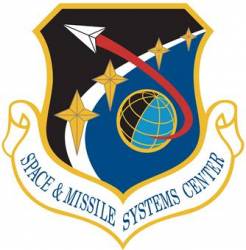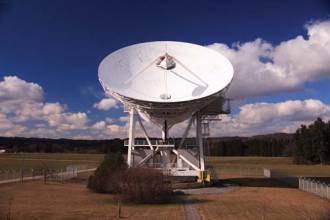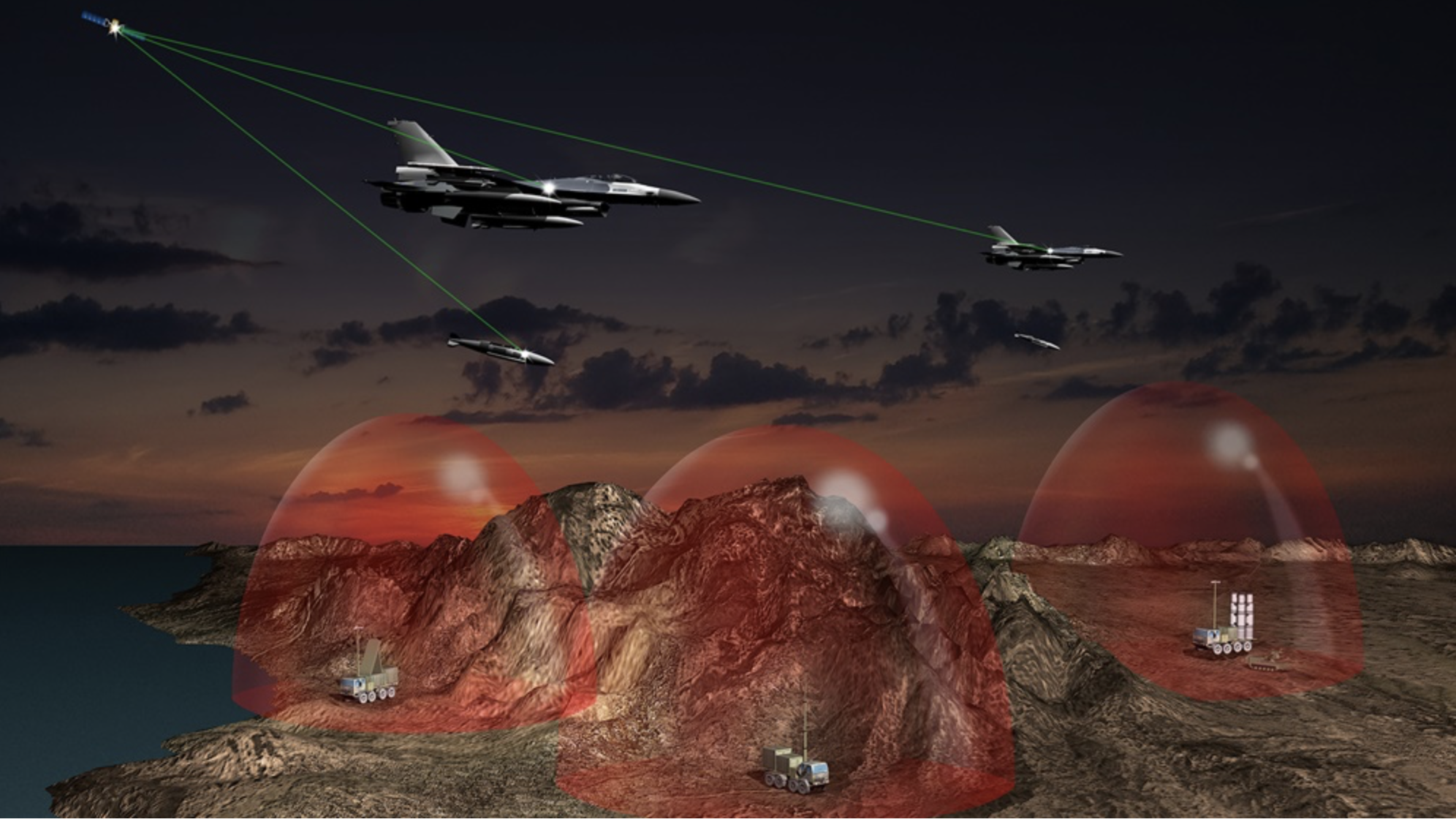
The Air Force will put the navigation message onto the civil L2C signal as part of a test it plans to conduct this summer, sources have told Inside GNSS.
The test will take place over a two-week period in June and will involve all of the satellites capable of broadcasting the signal.
The Air Force will put the navigation message onto the civil L2C signal as part of a test it plans to conduct this summer, sources have told Inside GNSS.
The test will take place over a two-week period in June and will involve all of the satellites capable of broadcasting the signal.
The Space and Missile Systems Center (SMC) will announce more details about the test program in a notice in the Federal Register sometime in March. Information will also be available through GPS.gov, the GPS interface Control Working Group, and the Coast Guard navigation center website. The Coast Guard is expected to issue a Notice Advisory to Navstar Users (NANU) during the test.
The L2C signal, transmitted at 1227.60 MHz, is part of the GPS modernization program and will provide, among other things, greater capability for civilian users. Used in conjunction with the current L1 civil signal, L2C provides two independent frequencies and can enable more robust and reliable service. Using dual-frequency techniques, suitably designed GPS receivers can remove the atmospheric effects on signal propagation to increase real-time positioning accuracies.
Once the full L2C signal is available from sufficient satellites it should be able to provide a full, redundant backup in case of interference to or failure of the L1 signal.
L2C is currently transmitting a default message (Message Type 0) and is essentially a dial tone without the satellite clock and orbital data necessary for GPS devices to calculate location. There has been a strong and increasingly public push to get the navigation message — which has been available for years — activated, that is populated with data and transmitted.
The Air Force plans to test the signal on all 10 usable satellites — seven GPS Block IIR(M) and three Block IIF space vehicles (SVs) — capable of transmitting L2C. In addition, Inside GNSS has learned, L2C will also be broadcast on SVN-49, a Block IIR(M) that has had problems and was still considered unusable as of November.
Apparently, the Air Force will update the L2C clock data only every three or four days. It should be possible, however, to compensate with information from the L1 signal, one of the sources explained, which gets daily updates.
This summer’s test is a key step towards making that happen. Should the test prove successful it will be hard to argue not to keep the signal populated with data, said one source.
“Assuming that (the test) is a success, it will be very difficult — with everybody knowing that the test is positive — for this not to be turned on very quickly. Because what’s the rationale that at that point in time?” said the expert, who has been following the issue closely.
Although some concerns existed about how the test would be designed, the test plan as currently outlined was applauded by the source.
“The fact that [the test period] only going to last two weeks is really great news,” the expert said. “It’s not going to be like six months or a year . . . which is really positive.”
“I think the structure of the test makes sense,” said the expert. “I think they are doing this like they should have done a long time ago.”
Once the test is completed, said another source, the Air Force will “have to sort out how much it costs, how complex it is, and how many enthusiasts you have for leaving it on.”
A number of manufacturers make receivers capable of using L2C, however, sources previously told Inside GNSS that the Air Force has asserted that the GPS user community showed only limited interest in the signal. That lack of enthusiasm was cited as one reason not to take on the expense of keeping the signal on — whatever that expense might turn out to be.
At least one company, however, is already looking forward to what June may bring.
“We’re certainly aware of the testing effort and plan to be cooperative in any way we can be helpful,” said Jim Kirkland, vice-president and general counsel at Trimble, which make dual-frequency equipment used in precision agriculture. “We’re very supportive of the testing and we’re very supportive of adding the navigation signal to L2C.”





